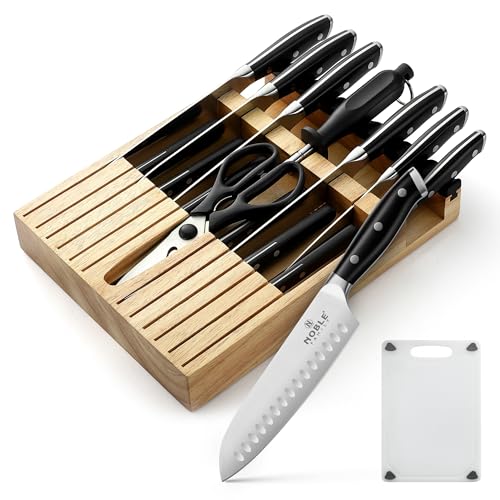NotAddictedYet
I like your post
Off the stone, my knives is sharp and can slice through tomato skins no problem. However after a few uses, it seems to lose this bite and will glide off tomato skin. It is still plenty sharp for cutting onion,s carrots and the like but it will struggles with anything with a waxy skin. I notice this most with my white steel knives, where sharpness outlast the bite.
Are there good ways to prolong the longevity of these microscopic "teeth" without going back to the stone? Do I need to strop more, sharpen at lower grit, or maybe I need to choose a better steel?
Are there good ways to prolong the longevity of these microscopic "teeth" without going back to the stone? Do I need to strop more, sharpen at lower grit, or maybe I need to choose a better steel?

























